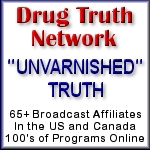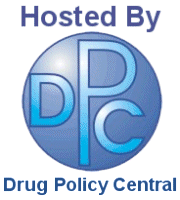MAP Drugnews
3 kilos of marijuana seized from 16-year-old boy in Iloilo City - GMA Network
Categories: News Feeds
Tilray Brands Marks Seven Years of Cannabis Legalization in Canada with the #1 Market-Leading Position by Revenue and Pioneering Brands with Growing Market Share in the World’s Largest Federally Legal Cannabis Market - The Manila Times
Categories: News Feeds
Tilray Brands Marks Seven Years of Cannabis Legalization in Canada with the #1 Market-Leading Position by Revenue and Pioneering Brands with Growing Market Share in the World’s Largest Federally Legal Cannabis Market - The Manila Times
Categories: News Feeds
Explore Farm Coast, Wicomico's first micro-grow cannabis operation, as it progresses - DelmarvaNow.com
Explore Farm Coast, Wicomico's first micro-grow cannabis operation, as it progresses DelmarvaNow.com
Categories: News Feeds
Independent dispensaries drown as recreational cannabis supply shortage drags on - MPR News
Categories: News Feeds
Island sex shop raided as police seize cannabis - Yahoo News UK
Island sex shop raided as police seize cannabis Yahoo News UK
Categories: News Feeds
Europe’s First ‘Whole Plant’ Cannabis Medicine Could be Available by 2026 - Cannabis Health News
Europe’s First ‘Whole Plant’ Cannabis Medicine Could be Available by 2026 Cannabis Health News
Categories: News Feeds
We, The Patients to hold patient-led medical cannabis event in London - leafie.co.uk
Categories: News Feeds
Dialing down dope: Trump White House moves toward easing restrictions on marijuana - Fox News
Categories: News Feeds
Dialing down dope: Trump White House moves toward easing restrictions on marijuana - Fox News
Categories: News Feeds
Dialing down dope: Trump White House moves toward easing restrictions on marijuana - Fox News
Categories: News Feeds
Dialing down dope: Trump White House moves toward easing restrictions on marijuana - Fox News
Categories: News Feeds
A Look at Innovative Industrial Properties (IIPR) Valuation Following Renewed Optimism in the Cannabis Sector - simplywall.st
A Look at Innovative Industrial Properties (IIPR) Valuation Following Renewed Optimism in the Cannabis Sector simplywall.st
Categories: News Feeds
Google expands cannabis advertising pilot to government operators in Canada - PPC Land
Categories: News Feeds
Marijuana possession fine lowered to $1 by La Crosse County Board - wizmnews.com
Categories: News Feeds
Narcotics and budget cut complaints appear in UNL’s weekly crime log - The Daily Nebraskan
Narcotics and budget cut complaints appear in UNL’s weekly crime log The Daily Nebraskan
Categories: News Feeds


